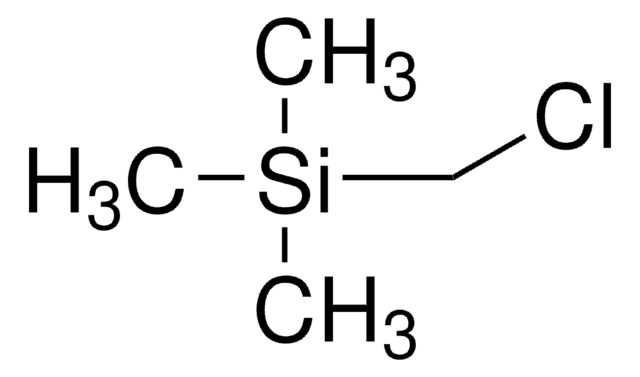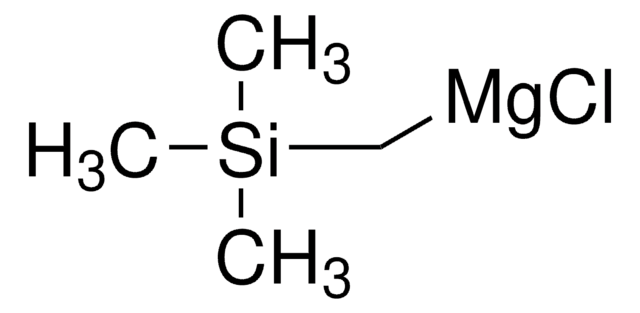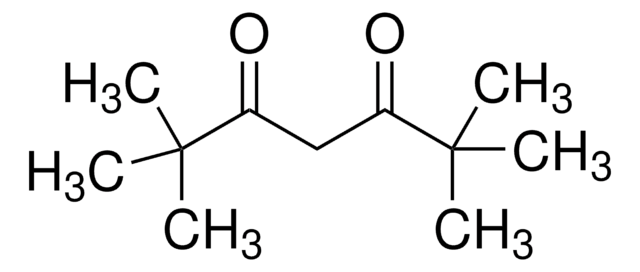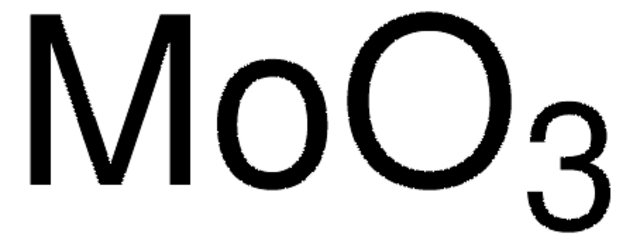227749
Bis(acetylacetonato)dioxomolybdenum(VI)
Synonym(s):
MoO2(acac)2, Molybdenum diacetylacetonate dioxide, Molybdenum dioxide bis(acetylacetonate), Molybdenum dioxydiacetylacetonate, Molybdenyl acetylacetonate
About This Item
Recommended Products
form
powder
Quality Level
reaction suitability
core: molybdenum
reagent type: catalyst
mp
184 °C (dec.) (lit.)
storage temp.
2-8°C
SMILES string
CC(=O)\C=C(\C)O[Mo](=O)(=O)O\C(C)=C/C(C)=O
InChI
1S/2C5H8O2.Mo.2O/c2*1-4(6)3-5(2)7;;;/h2*3,6H,1-2H3;;;/q;;+2;;/p-2/b2*4-3-;;;
InChI key
SKMUJBBRXZPAJY-VGKOASNMSA-L
General description
Application
- As a starting material to synthesize dioxomolybdenum(VI) Schiff base complexes, applicable as catalysts in the oxidation of alcohols using H2O2.
- To prepare graphene oxide supported heterogeneous molybdenum catalysts for epoxidation of olefins.
- As a catalyst in the etherification and thio-etherification reactions of thiols and alcohols.
signalword
Warning
Hazard Classifications
Acute Tox. 4 Dermal - Acute Tox. 4 Inhalation - Acute Tox. 4 Oral - Carc. 2 - Eye Irrit. 2 - Skin Irrit. 2 - STOT SE 3
target_organs
Respiratory system
Storage Class
11 - Combustible Solids
wgk_germany
WGK 3
flash_point_f
Not applicable
flash_point_c
Not applicable
ppe
dust mask type N95 (US), Eyeshields, Gloves
Choose from one of the most recent versions:
Already Own This Product?
Find documentation for the products that you have recently purchased in the Document Library.
Customers Also Viewed
Our team of scientists has experience in all areas of research including Life Science, Material Science, Chemical Synthesis, Chromatography, Analytical and many others.
Contact Technical Service












